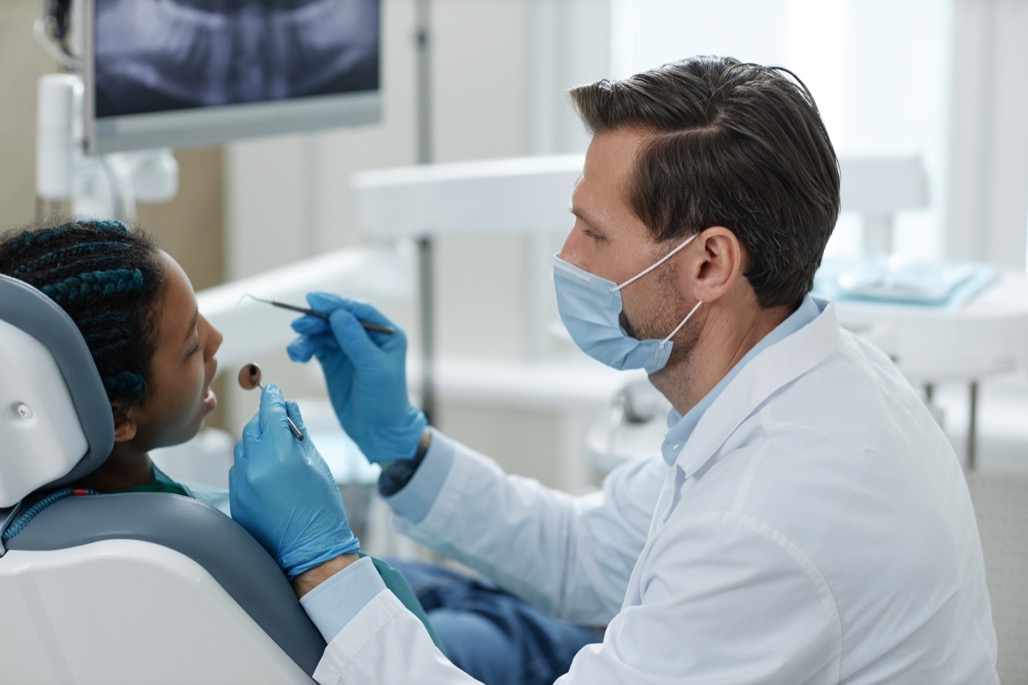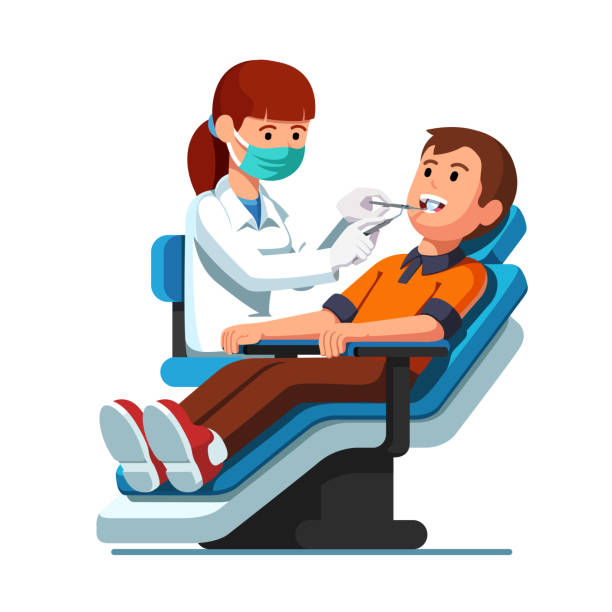The Benefits of Regular Check Outs to Dentists Springfield Oregon Can Offer
The Benefits of Regular Check Outs to Dentists Springfield Oregon Can Offer
Blog Article
Emergency Situation Dental Solutions Deal Immediate Alleviation and Treatment for Urgent Scenarios
In times of oral distress, accessibility to emergency situation oral services comes to be crucial, using immediate alleviation and treatment for critical situations such as extreme toothaches, avulsed teeth, and soft tissue injuries. With a variety of treatment options including root canals, oral bonding, and infection management, emergency situation dental care plays a vital role in bring back function and ensuring ideal healing.
Types of Oral Emergency Situations
Kinds Of Oral Emergency Situations
Comprehending the different sorts of dental emergency situations is critical for both people and doctor. Oral emergency situations include a wide variety of concerns, each requiring specific interest to avoid further problems. Common emergencies consist of serious toothaches, which may show hidden problems such as abscesses or infections. Swift medical diagnosis and treatment are important to alleviate pain and avoid the infection from dispersing.
One more common emergency situation is a knocked-out tooth, typically resulting from trauma. Immediate activity, such as preserving the tooth in milk or saline and seeking timely oral treatment, can significantly boost the opportunities of successful reimplantation. Similarly, chipped or fractured teeth demand immediate assessment to determine the level of damages and appropriate restorative measures.
Furthermore, soft cells injuries within the mouth, such as lacerations or slits, need immediate clinical attention to regulate bleeding and decrease the threat of infection. Busted oral remediations, consisting of crowns or dental fillings, also make up emergencies, as they can subject delicate cells and lead to further degeneration.
Prompt identification and intervention in these situations are paramount. Comprehending these types of dental emergencies enables healthcare providers to deliver optimized treatment and furnishes clients with the knowledge to seek prompt aid.
Immediate Pain Relief Options
When faced with an oral emergency situation, instant discomfort relief options can be important in taking care of pain and maintaining the condition prior to specialist treatment is offered. Over the counter anesthetics, such as ibuprofen or acetaminophen, are commonly advised to reduce pain and reduce inflammation. It is vital to follow the classified dose guidelines to stay clear of potential side results. In addition, using a cool compress to the afflicted area can help numb the pain and minimize swelling. This technique is specifically effective for injuries such as a knocked-out tooth or a serious tooth pain.
Rinsing the mouth with warm salt water can likewise provide short-lived alleviation by decreasing microorganisms and soothing inflamed gums. This straightforward service can be made by blending one teaspoon of salt with a cup of cozy water. In situations where a tooth is broken or fractured, dental wax or sugarless gum can be used to cover sharp sides and secure the bordering cells from more injury.
While these steps can provide short-term relief, it is vital to seek specialist dental treatment promptly to resolve the hidden concern. dentist in springfield oregon. Ignoring an oral emergency can result in extra extreme problems, making prompt treatment necessary
Therapy Procedures Available
Numerous treatment procedures are readily available for addressing oral emergencies, each customized to the specific nature and seriousness of the concern. Of intense tooth pain, root canal therapy may be essential to remove infected pulp and preserve the tooth. In circumstances involving a broken or damaged tooth, dental bonding or crowns can be used to bring back the tooth's structure and function. Avulsed (knocked-out) teeth require prompt reimplantation and might entail splinting the tooth to adjacent teeth to maintain it during the recovery process.

For clients experiencing severe oral trauma, such as jaw cracks, comprehensive treatment plans usually include partnership with dental surgeons to deal with both lasting and prompt demands. Emergency situation dental services are geared up with the needed tools and proficiency to provide swift, effective interventions, consequently relieving discomfort and stopping additional issues.
## When to Seek Emergency Situation Care

Another crucial situation includes injury to the mouth, such as broken, fractured, or knocked-out teeth. Timeliness is necessary in these instances, as fast activity can often save the tooth and lessen lasting damage. Additionally, swelling of the periodontals, face, or neck, particularly when accompanied by fever or problem ingesting, necessitates emergency treatment as a result of the danger of dispersing infection.
Unrestrained bleeding from the mouth, whether because of an injury or adhering to an oral procedure, is one more indication that immediate professional intervention is required. Lost dental remediations, such as dental fillings or crowns, can reveal sensitive locations of the tooth, leading to discomfort and additional decay if not promptly addressed.
Promptly recognizing these indicators and seeking emergency dental treatment can considerably influence the outcome, making certain both instant alleviation and the conservation of oral health and wellness.